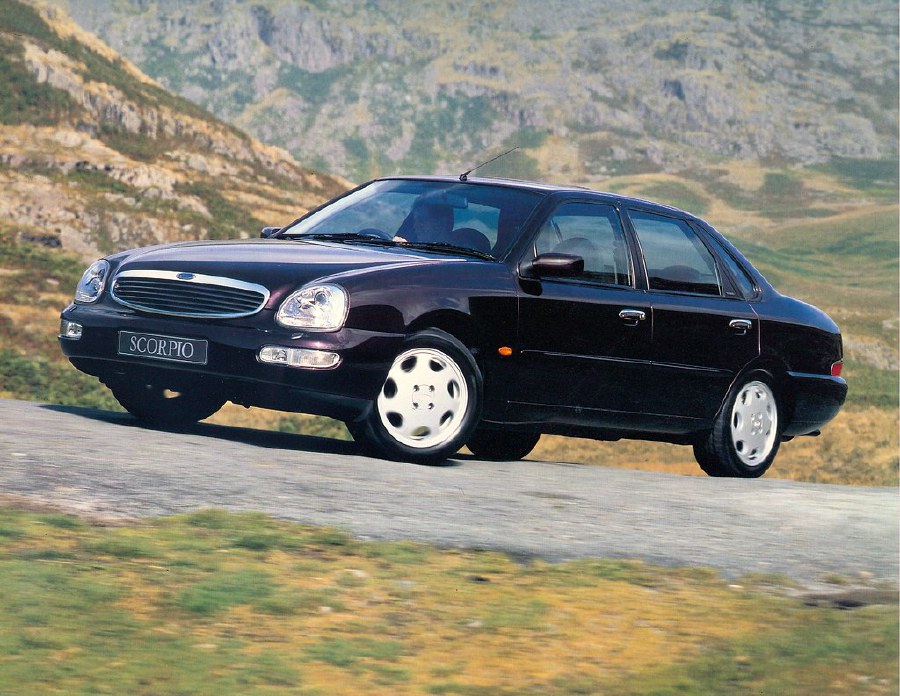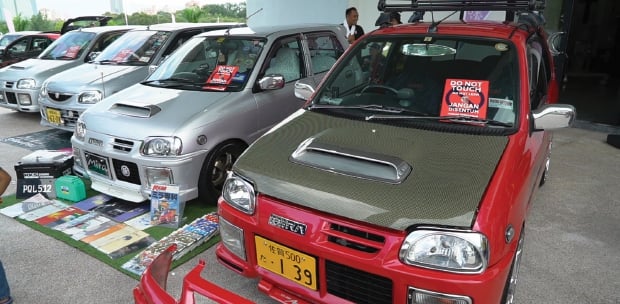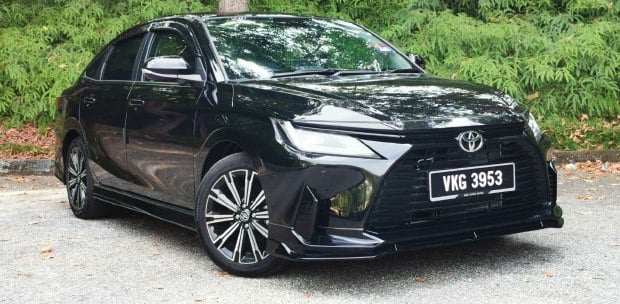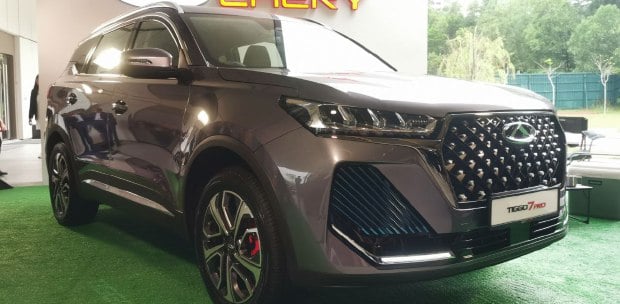WHEN something appears oversized, our brain just automatically thinks that there is something different about it, even if we just can't figure out what it is.
In the children's story Gulliver's Travels, the people of Liliput found Gulliver to be disgusting because his size magnified everything, including his skin pores, and that made him unattractive to the petite population.
Gulliver expressed his understanding for the sentiment after he found himself in the land of giant of Brobdingnag.
Part of the problem is that we can only understand ourselves as having the "correct scale" and because babies are smaller versions of ourselves, we tend to find those who are smaller as cute.
In the world of car design, the same is true and all we need to do is look at German car companies. They have a knack for designing cars that look really similar — just different in sizes — to accommodate the different market segments.
Typically, the design phase begins with the larger models and that is then "miniaturised" to fit the smaller models.
For Mercedes Benz, it typically starts with the S-Class, while BMW will roll out design cues with the 7-series, as they did with the huge grille.
At Audi, well, Audis have looked the same since the Younger-Dryas cleaned out Audi's old design closet; it doesn't really matter which model comes out first.
Carmakers do it that way because going in the opposite direction will be a terrible mistake and that is the subject of our discussion today.
When BMW went on that adventure with Chris Bangle, they took a slightly different approach by introducing their new design language through the use of the Z4, a safe move because it was a specialist low volume model and any negative sentiment could be contained within that model line.
They then introduced the new boy's design direction with the 5-series, which was again a smart move as the 5-series was an important model, competing in the all-important D-segment with the Mercedes-Benz E-Class but had always played second fiddle and it was time to grab the conductor by his bowtie.
The E60 was an attention grabber and it gave BMW access to new markets in Asia, although the design was not universally praised in Europe where they favoured the more conservative approach Munich had used before.
Having been enamoured by the strong sales of the E60 in Asia, the German firm decided to go whole hog with the 7-series, but that car took on a completely different design direction, focusing only on giving the car substantial road presence.
That is to say BMW just made it as big and bulky as possible and that made the design language quite unsuitable for any other models.
When it was time to redesign the 3-series, BMW realised that its experiment with the 5 and 7 had mixed results and they could not risk alienating the loyal fans with its best seller and quickly went back to its tried and tested ways with the E46, which is arguably, one of the best looking 3-series to date.
So we can see that where a car design starts in terms of size is important.
If you start small then all you can do is mess it up. Case in point Ford in the mid 1980s when they came out with the fourth-generation Ford Escort.
The latest version of Ford's popular compact family car was a neat little design, a solid update of the third-generation car, which was quite revolutionary for introducing the hatchback idea to the Escort.
While the fourth-generation car kept a lot of the overall look and feel and proportions, Ford designers were introducing modern touches to the detailing, giving it rounded corners and tidying up the nose and rear.
Design cues for the fourth generation car was tapped from its family car lineup.
The Ford Cortina was Uncle Henry's offering in the family car segment and by the 1980s, it had lost its way. From a handsome much-loved car, the Cortina became the most boring three-box sedan imaginable.
In the 1970s, the Cortina was Europe's best-selling car but success froze Ford designers and they dared not change the recipe to keep up with the times and within a decade, they had thoroughly damaged the nameplate and had no choice but to abandon it altogether.
Ford's plan was to introduce a revolutionary car, something that looked completely different from anything that came before it and influenced a decade of car design after that. The model they came up with was the Sierra, which was introduced in 1982.
The Sierra came as a hatchback or wagon, initially the lack of a sedan version alienated quite a few traditional family car buyers but the accolades it received in the press helped to bring the market round a little bit.
The hatchback idea was copied off the success of the Escort but everything else was very different.
The Sierra looked like it was properly designed in the wind tunnel and it came out beautifully sculpted, not just weird like Saabs.
Motoring journalists praised the design for making the family car segment exciting again and boy did all of that get to Ford's head. They tried to copy and paste the recipe onto everything and that was how we got the fourth-generation Escort.
Ford got so excited about the Sierra, they even tried to sell it in the United States.
Anyway, back to our story. The downsizing of the Sierra design language was also a success in the Escort, but making it bigger was a disaster.
Just as Ford had ruined the Cortina name, they had also messed up with the Granada large family car line-up and needed an urgent update.
They tried to bring some of the Sierra's pizzazz to the segment but the result was just a very flabby version of the toned and sculpted design.
The Granada name was dropped in favour of Scorpio and the first generation rode on the coattails of the Sierra's design success and achieved lacklustre sale. At least it was not a total washout.
The main problem was that the Scorpio was also introduced only as a hatchback and big family car buyers are hatchback averse, that's why you don't see the Germans messing up their Segment D cars with hatchback ideas.
Ford fixed the problem a few years later to come up with the sedan but by that time they had lost so much market share that it was difficult to claw it back.
The second-generation Scorpio made the same mistake as the first generation by borrowing design cues from the smaller brother.
The Sierra, although good looking, was not a commercial success and so the name was changed again to Mondeo and with it came another design revolution. This time they made sure it had a popular sedan for those company reps and it sold a heap and half.
Design wise, the Mondeo was like nicely sculpted soap bar — still recognisable as a soap bar but one that's been sent to art school.
I don't really know what actually happened to the Scorpio but here is what I imagined happened.
The actual design they came up for the Scorpio was an even prettier soap bar and the designers were really excited about showing it to the bosses. So in the morning of the final full-size clay model presentation, they wheeled the car out into the outdoor viewing area and admired it one last time before going back in to call the bosses down.
On that fateful day, they thought the weather was going to be a perfect cool autumn but Indian Summer made a surprise visit midway through the morning after everyone had scurried inside to call the bosses and the sun came out strong.
As it sat in the sun, the Scorpio's sculpted clay started melting.
When the design team walked back into the outdoor viewing area they were aghast. But because everyone was so terrified that they just kept quiet and hoped for the best.
Apparently the big boss had forgotten to wear his contact lens that day so when he looked at the car, he saw the general outline and the shiny bits and thought that it looked quite spiffy, like some very futuristic large sedan that all the big German names would be lucky to have.
And that was how the Scorpio made it to production looking the way it did. Well at least I think that is a more believable story than some car designer deliberately making it look like that and being proud of it, like it said on Wikipedia.
Needless to say, the sun killed the Scorpio.





